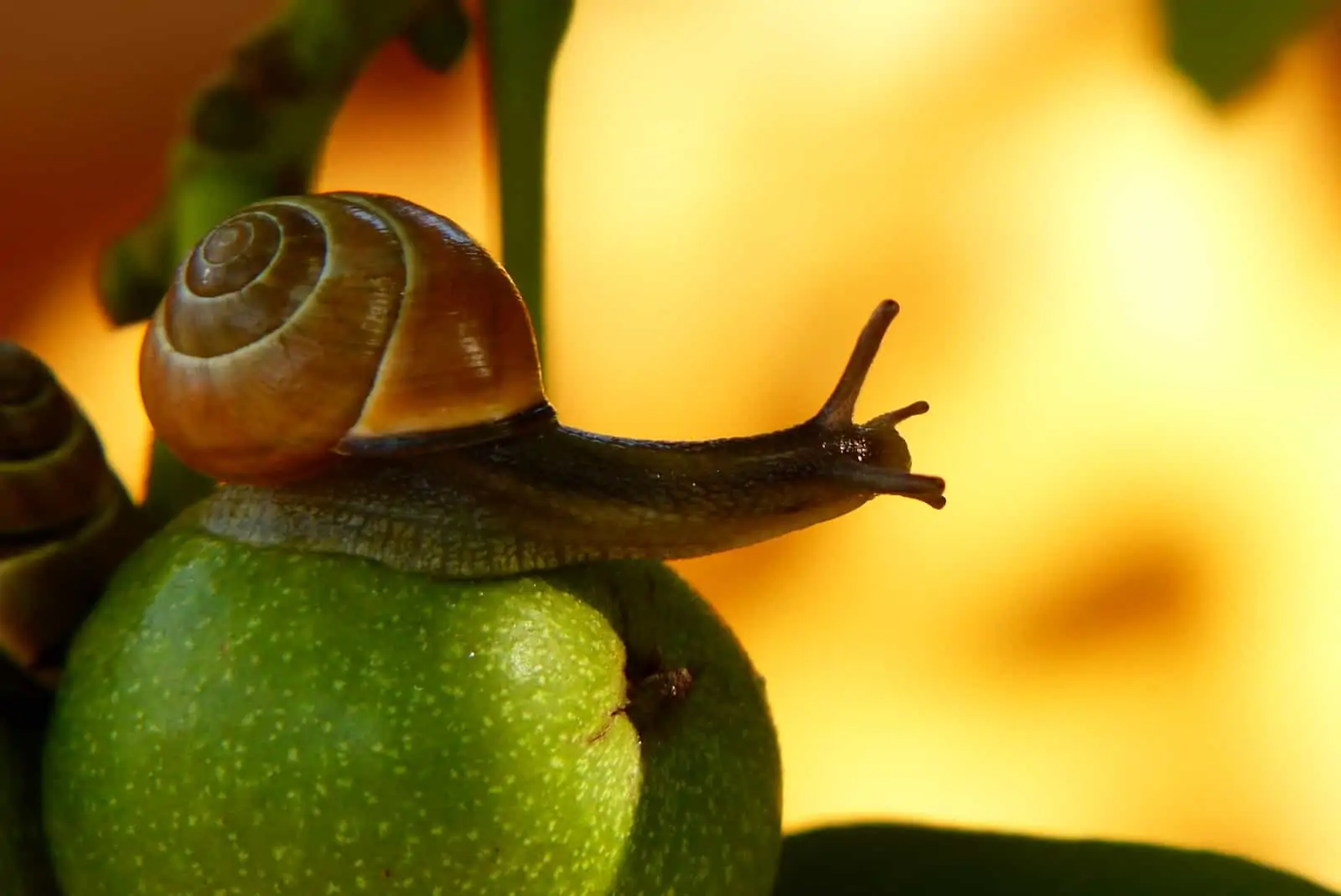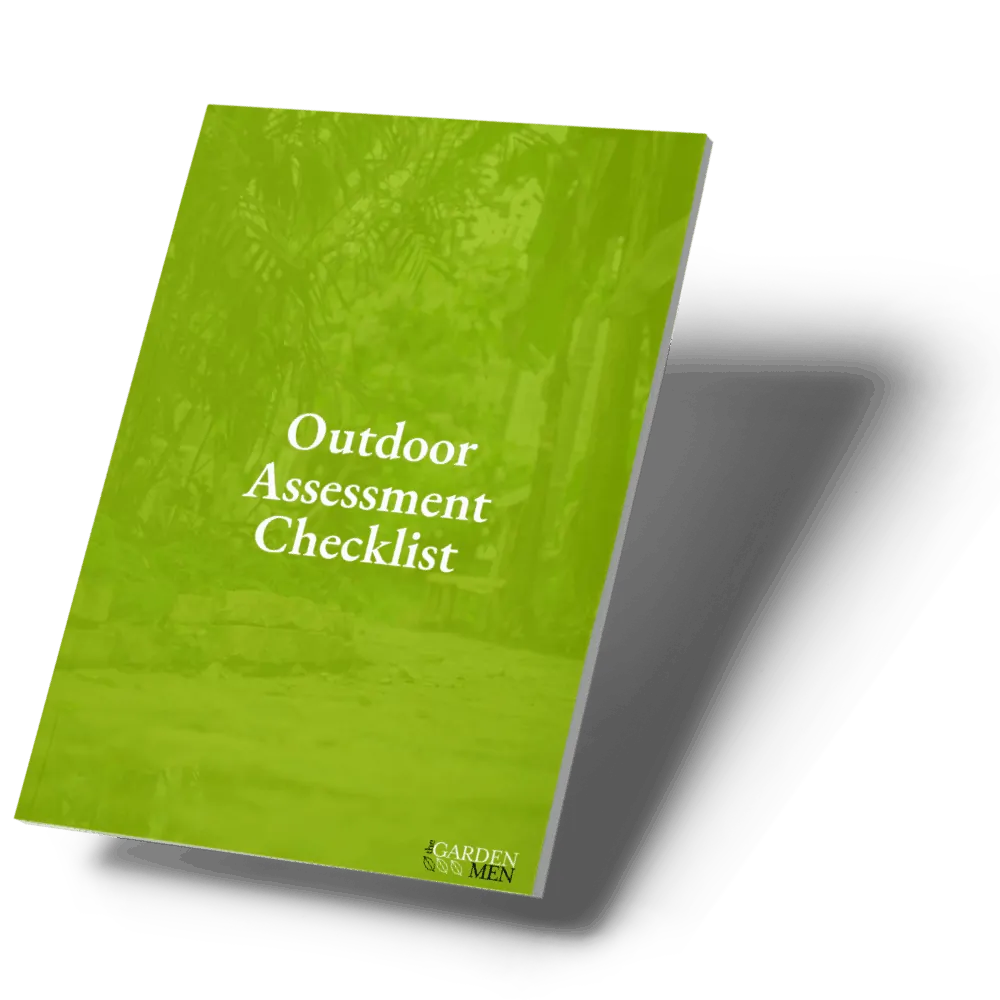A beautiful garden is an asset to any company or homeowner. But when pests decide to make those beautiful landscapes their home, that beauty can quickly deteriorate.
We’ve compiled a few simple and easy natural remedies to pests in the garden.
How to identify a pest problem
Identifying that there is a problem with pests is the first step. Look for the signs of pests interacting with the foliage such as wilted leaves and flowers, leaves turning yellow or brown, holes chewed in foliage, folded leaves, and holes in fruits or vegetables.
Some signs are a bit more visual, meaning you see the intruders at work. Slime trails, animals running away once you approach, and the cases of growing insects. No matter what kind of pest it is there is almost always a natural solution for the issue.
Determine the pest
Once you have found the evidence that there has been a pest invasion on the landscaping, the work shifts to identifying which pest it is. For instance, Curl Grubs feed on the roots of plants causing them to be easy to pull up. If you notice grass that is dead and easy to pick up, it is likely the grubs are the culprit.
If your roses are deformed, have yellow leaves, and have a sticky substance on leaves and stems, you probably have an Aphid issue. They love roses, and you can probably see their tiny translucent green bodies covering the plants.
General treatments
- Some treatments work as a general deterrent, keeping unwanted pests away. These work by repelling the intruders by making the vegetation seem undesirable by changing the smell or attracting predatory insects.
- Attracting beneficial bugs may control unwanted pests from devouring your beautiful landscapes. The addition of flowers these bugs love such as cosmos, sweet alyssum, dill, and yarrow can entice these predatory bugs into your garden.
- To prevent animal invasions one option is to make your garden smell. Although, with this option it’s a good idea to get your neighbours on board as the smells tend to drift. Blood and bone in stockings are one of the tried and true options. Liquid seaweed fertilisers produce a smell most herbivores do not like, though a repetitive addition is necessary due to the liquid being washed off.
- Creating a beautiful fence or hedge line to protect your landscaping is another choice for preventing animals from eating vegetation. Creating cages around vegetation protects them from sniffing noses. Planting the wire approximately 30 centimetres underground also helps deter burrowing animals.
- Use plants as deterrents. Some plants give off a smell that herbivores do not like and will not go near. Garlic, citronella, lavender, and rosemary are just a few. Plant these among the plants you wish to protect, and the pests will stay away. However, it does not always work for every pest.
Top three insects and their remedies
Curl Grubs have already been mentioned and getting rid of them is no easy task. Once you have determined they are there, you will have to find out exactly how large an area they have infested. This is simple to do, but unsightly.
Dig up a divot of the grass they have eaten and count how many grubs there are and continue in a pattern until you have found the least infested area. The best way to kill the infestation is by spraying a mixture of Neem oil over the infested grounds. Once ingested the oil will cause the grubs to stop feeding and die. Prevent future outbreaks by maintaining a healthy lawn with plenty of water and fertiliser and introducing Nematode worms twice a year.
As tomatoes are in almost every garden, there is the infamous Hornworm. If there is excrement on your chewed, spotted leaves, or your leaves are missing, the Hornworm is usually to blame. Prevention is usually the key to controlling this pest. Search every plant regularly and pick off the caterpillars. Once removed they quickly die. They make good and nutritious chook treats. Watch for the moths in late spring when it’s time to lay their eggs.
Another pest that causes an unsightly mess on the lawn is the Funnel Ants. Seen especially after rain, their tunnels deprive your luscious grass of nutrients and weaken their hold on the soil. These pests are easy to spot with their funnel-like mound sitting on top of the lawn.
However, Funnel Ants do not like broadleaf grasses, so changing your lawn type may be the best option to keep them out. If you do have them, use dish soap, canola oil, and water into their tunnels to flush them out. White distilled vinegar will help kill them in their tunnels. Keeping your lawn healthy, well-watered, and fertilised will also deter these ants since they prefer distressed soils.
Prevention is key
No matter if it’s the university landscaping or the back lawn, prevention is the key to being rid of unsightly pests. The best thing you can do is to make sure the vegetation is well cared for. Most pests do not like well-watered and fertilised soil. Diversity in planting helps deter infestations. Ample pruning, removal of decaying plants, and adequate fencing aids in keeping your landscaping pest-free.
Worried about pests and want a landscaping expert to check things out? Contact The Garden Men for a complimentary review of your property.






